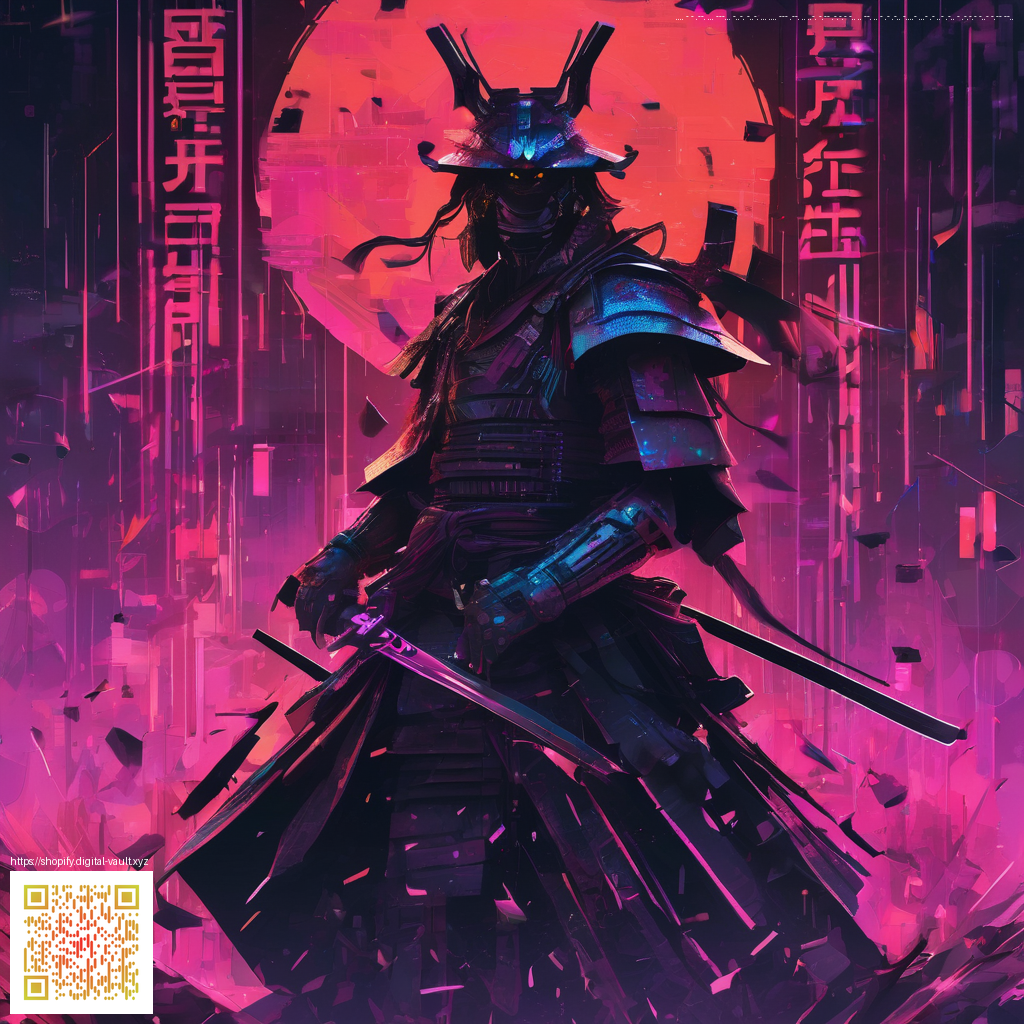
Controller vs Keyboard in Twilight Princess Showdown
The Legend of Zelda Twilight Princess launched on two very different platforms a long time ago, and the way players approach its combat and navigation has always depended heavily on input. On the GameCube and Wii there is a natural fit for each system, yet modern fans increasingly test keyboard and mouse setups through emulation and community driven mods. This piece dives into how input choices alter the pace, precision, and even the mood of the game as you swing a sword or line up a critical bow shot. The aim is to map out the practical differences and celebrate the ways the community keeps this classic fresh for new and veteran players alike. 💠
How input shapes the core gameplay
Twilight Princess presents a weighty sword play system that rewards deliberate timing and precise movement. When you wield a traditional controller the sword is responsive in lock step with your thumb, while camera control feels fluid and intuitive as you weave through enemy patterns. On the GameCube version the C stick handles camera repositioning cleanly, and the player relies on shoulder buttons and A for actions. The Wii version turns sword swings into motion driven by the remote, which can intensify the sense of immediacy but also demands careful aiming during combat and archery. In a keyboard and mouse setup the balance shifts toward cursor based aiming and keyboard mapped actions. Moving with WASD and pulling off precise shots with the mouse can feel surprisingly natural, yet it also introduces a learning curve for timing sword slashes and shield blocks that were tuned for analog inputs. 🌑
For exploration and puzzle solving the keyboard approach can still be viable with thoughtful mapping. You may assign movement to the WASD keys while dedicating keys for camera or item cycling. But the way you read enemy openings and string together combinations often hinges on how you interpret the input buffer and controller inertia. In short, the controller offers a compact, tactile rhythm while keyboard control emphasizes spatial aim and rapid key presses. Both routes reward discipline, but the path to mastery is distinct for every player. 👁️
Community insights from players and speedrunners
- Speedrunners often favor the Wii remote for its precision in archery and the fast pace of throws, while others rely on GameCube controllers for their reliable, steady feel during long sequences of sword work.
- Emulation communities celebrate the flexibility of keyboard and mouse mappings, but many highlight the risk of input latency and calibration challenges when porting a game designed for a console controller into a desktop setup.
- Modders and texture painters frequently push for widescreen compatibility and shader upgrades to keep Twilight Princess visually engaging on modern displays, regardless of the input method you choose.
Update coverage and the state of modern input
Recent updates within the emulation scene have improved raw input handling and fine tuned mapping options so players can tailor controls with greater respect for the original pacing. Developers and contributors have prioritized reducing input lag, enhancing cross platform compatibility, and smoothing mouse based aiming so that action is more predictable across play sessions. These improvements matter because they help keep the experience accessible without eroding the core design intent that fans love. The result is a more forgiving yet still demanding experience whether you lean into classic controllers or explore keyboard driven play. 💡
Modding culture and visual fidelity
Beyond input methods the Twilight Princess community continues to push for graphical refinements and texture enhancements. Widescreen patches and lighting overhauls are common, allowing players to enjoy the game on high resolution monitors with less distortion. Community mods also address minor visual hiccups and aim to preserve the art direction while benefiting from modern rendering techniques. Modding remains a vibrant bridge between nostalgia and current hardware, giving players new reasons to revisit a familiar journey. 🛠️
Developer commentary and design philosophy
The development journey behind Twilight Princess places a strong emphasis on balancing motion and precision. Nintendo EAD crafted control schemes that feel lifting and weighty at the same time, inviting players to engage with combat as a deliberate sequence of steps rather than a rapid button smash. The dual platform release showcases how input philosophy can shape game feel, with the GameCube version leaning into analog control and the Wii version leaning into motion input. Fans often interpret these choices as a clear statement about how Nintendo envisions player agency within a crafted world that rewards timing and attentiveness. This perspective adds depth to discussions about how a modern player can translate classic action to contemporary hardware. 🧭
Whether you are chasing precision with a keyboard or embracing the tactile feedback of a controller, Twilight Princess remains a showcase for careful design. The ongoing dialogue between input, perception, and strategy is a reminder that great games invite experimentation. As the community continues to explore new mappings and adjust settings, the adventure in Hyrule feels as alive as ever. 💠
Support the decentralized web and the creative ecosystems that empower players to customize their experiences. Donate to support the decentralized internet